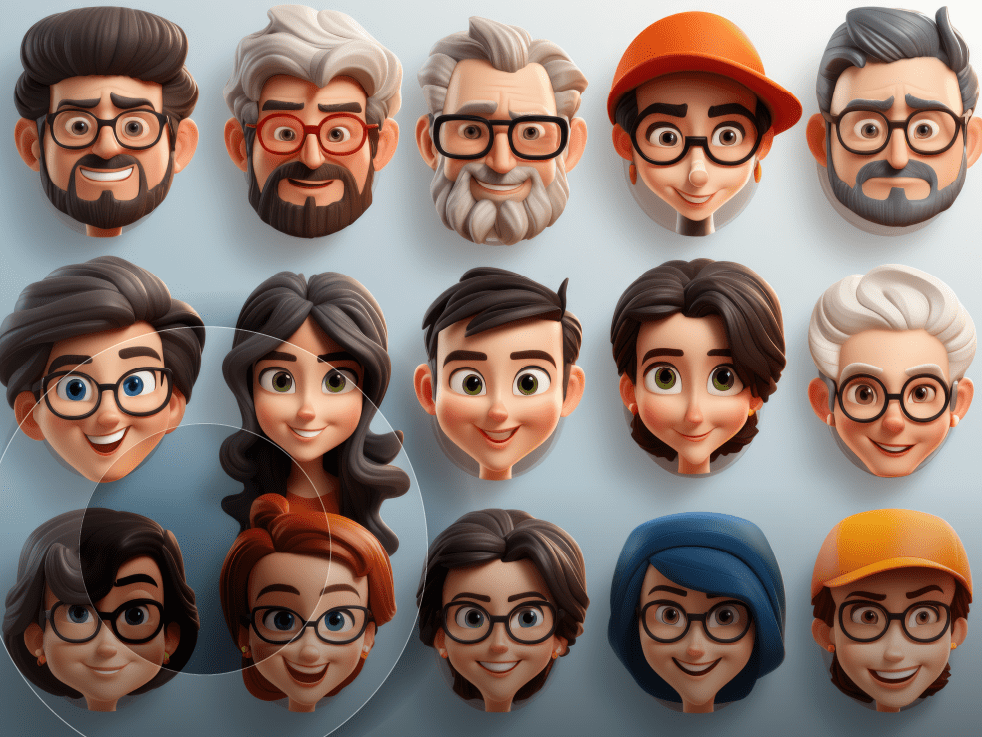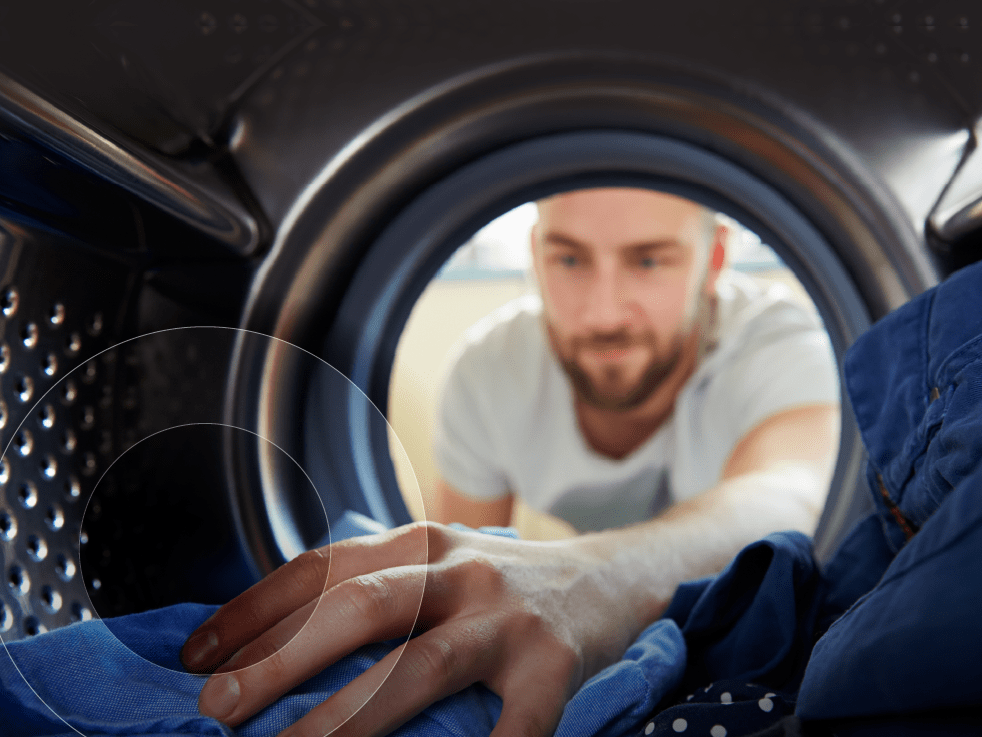Innovation Heroes: Beep! It’s time to meet the creator of the barcode:
Learn how an internal IBM "startup" has powered retail efficiency for decades

It wasn’t long ago when supermarket clerks had to manually put a new stamp on each item with every price increase, making inventory and re-ordering a nightmare.
“When I was a little kid, shopping for my mother, I would fish to the back of the cans on a shelf and find one with a lower price because it had been marked earlier,” says Paul McEnroe, creator of the barcode. “The clerks had to run up and down the aisles and look at how many items were there. And then handwrite all of that down and carry it to the backroom to be ordered.”
Now, barcodes are all around us, scanned ten billion times a day. But less is known of their creation story and the decades of innovation involved that changed retail and manufacturing around the world.
On the latest episode of Innovation Heroes, a podcast by SHI, host Ed McNamara scans the fascinating history of the barcode with McEnroe. He was part of an IBM team that developed the Universal Product Code (or UPC) – commonly known as the barcode.
McEnroe is from Ohio, where the National Cash Register Company is based, which had a monopoly on checkstands. But he knew there had to be a better way than manual, cast-iron cash registers with no inventory control.
In the 1960s, he was tasked by IBM to create a sort of startup within the company to tackle applications at the periphery of computers. He hired a group of seven engineers who were considered “harder to manage”, saying that despite that, they were brilliant, individual contributors with a history of inventions and patents.
“The PC wasn’t around for another ten years, but I could see putting a thing like a PC on the checkstand and hooking it up to the backroom,” says McEnroe. “I approached the IBM senior executives as if they were venture capitalists and said I wanted to go after that market.”
IBM accepted the proposal and funded it at $300,000 for the first year, one million dollars for the second year, and three million for the third. The next year, the National Association of Food Chains (NAFC) formed a committee to deal with the problem of item identification and asked for proposals for automating supermarkets.
McEnroe’s team won the bid, but developing the barcode was just the beginning of innovation. Scanning it required a precise light source to reliably read it. They also needed to get the scanned signal from the till to the backroom of the supermarket and back again.
“That required new technology to record and read the data quickly. And that also wasn’t available earlier,” says McEnroe. The team built the communications systems needed and created the first commercial application of laser technology, the barcode scanner, and the magnetic code for Stock Keeping Unit (SKU) marking. McEnroe outlines how this technology vastly increased supermarket efficiency despite initial pushback, including picket lines at stores and new state laws.
While the QR code blossomed in popularity during the pandemic, McEnroe sees it as an extension of the barcode, not a replacement. He says, “The barcode is so simple, so easy. I get the feeling that the barcode, even though it’s been here for 50 years, is going to hang around for quite a lot longer.”
Listen to the full conversation to further dive into the history of the barcode. You can also find episodes on SHI’s Resource Hub, Spotify, and other major podcast platforms, and on YouTube in an all-new video format.
Video + audio
Audio only




